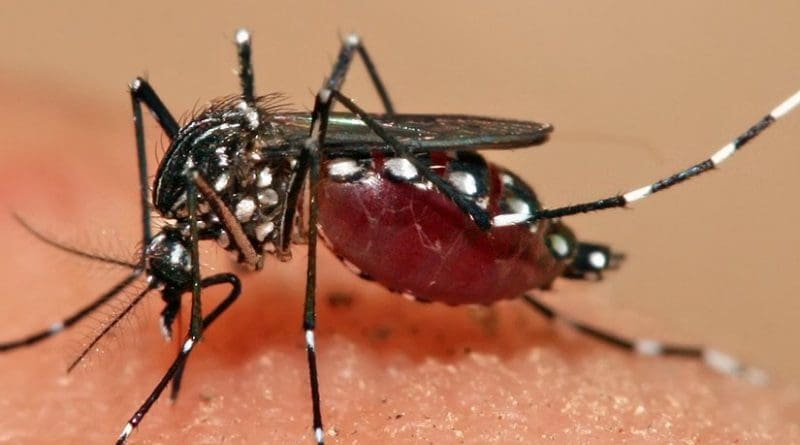Zika Virus Could Cost US Billions Of Dollars
As United States policymakers debate how to devote money and resources to the Zika virus outbreak, understanding the potential economic impact of the virus in the US is key.
Now, using a new computational model described in PLOS Neglected Tropical Diseases, researchers have calculated that Zika, depending on the rate at which it infected people in at-risk states, could result in total costs ranging from $183 million to over $1.2 billion.
Since 2015, a strain of Zika virus originating in Brazil has been spreading internationally, with cases now confirmed in more than 40 countries, including the US. Six states — Alabama, Florida, Georgia, Louisiana, Mississippi, and Texas — are at greatest risk of local Zika emergence. Zika can lead to a range of symptoms including fever, muscle pain, and headaches that have repercussions on medical costs and productivity. In addition, the virus has been linked to more serious Guillain-Barré Syndrome and severe birth defects.
In the new work, Bruce Lee of Johns Hopkins Bloomberg School of Public Health, Alison Galvani of Yale School of Public Health, and colleagues developed a computational model of the economic burden of Zika in the six most at-risk states under a range of hypothetical scenarios. They were able to calculate economic costs to the country under different infection rates, and determine what infection rates would be needed to reach certain cost thresholds.
Across the six states, they calculated that an attack rate of 0.01% would cost society $183.4 million, including both direct medical costs and lost productivity. An attack rate of 0.025% would cost $198.6 million, 0.1% would cost $274.6 million, 1% would cost $1.2 billion, and 2% would exceed $2 billion.
For comparison, the attack rate of Zika in French Polynesia and that of chikungunya — a similar virus–in Puerto Rico have both exceeded 10%. The numbers reported in this new study did not include any potential impact on tourism or travel, any impact beyond the six most at-risk states, nor lost productivity and medical costs associated with fear of Zika or infected family and friends.
“As we aimed to be conservative in our estimations, our model in many ways may underestimate the economic burden of Zika,” the researchers said. “Our analyses indicate that the health and economic burden of even low attack rates of Zika in the Continental US would be both substantial and enduring.”

